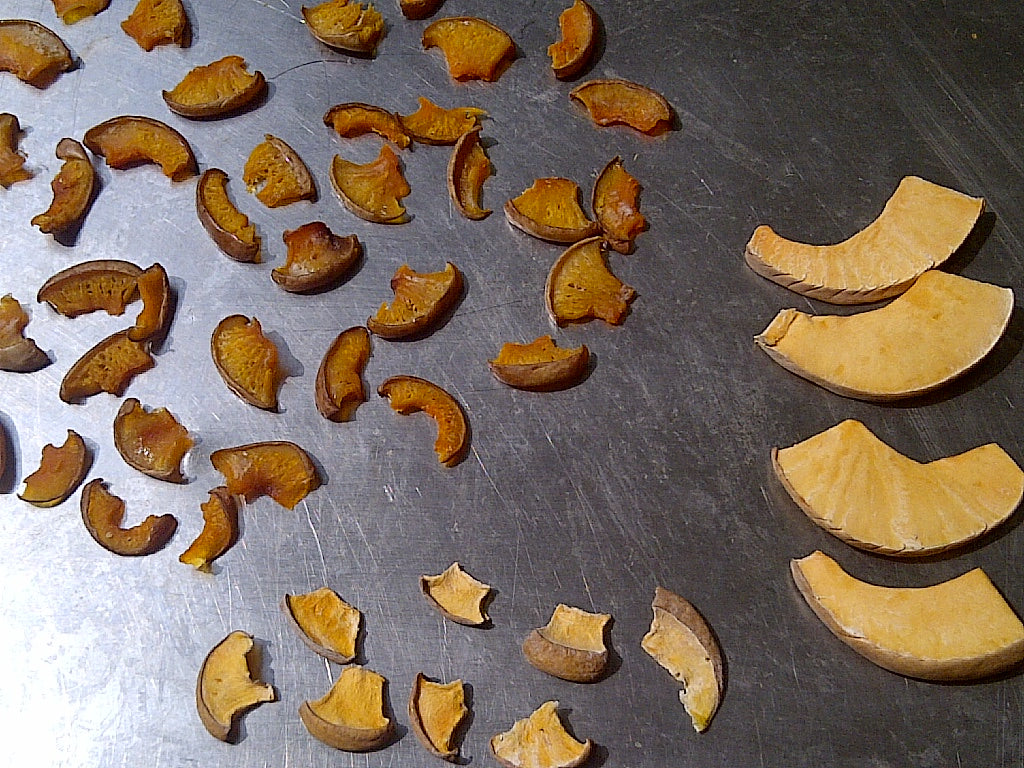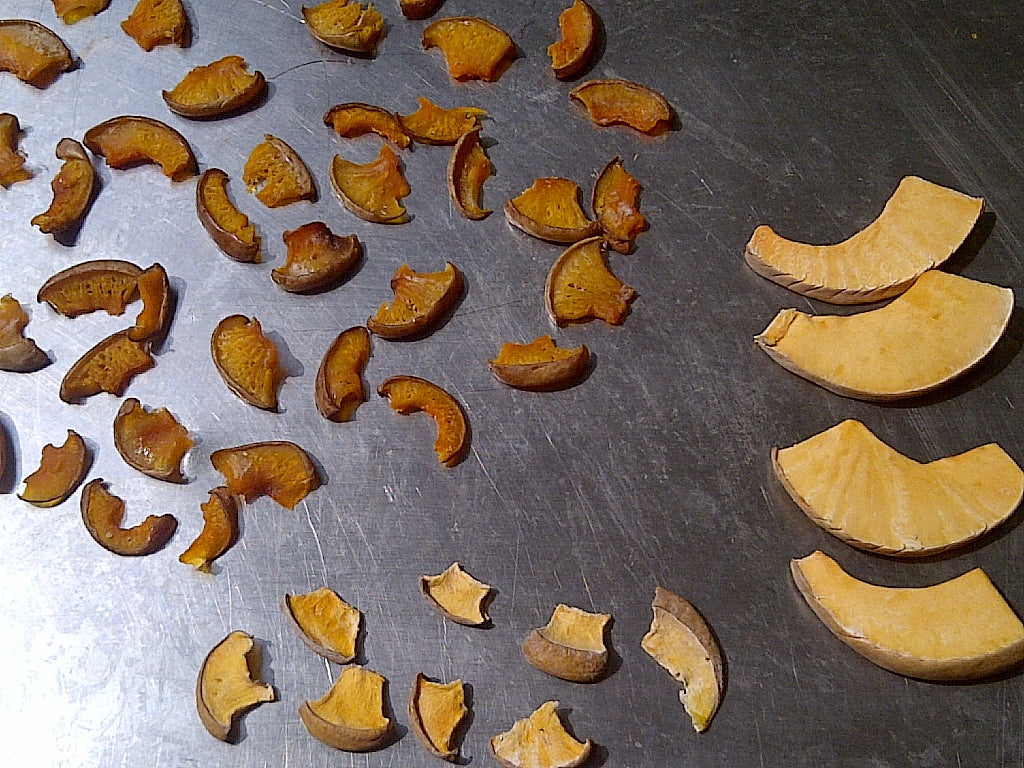Star Laboratories
Garnicia Cambogia
Garnicia Cambogia
Wikipedia mention:
Garcinia gummi-gutta is grown for its fruit in Southeast Asia, coastal Karnataka/Kerala, India, and west and central Africa. It thrives in most moist forests.[citation needed]
Garcinia gummi-gutta is one of several closely related Garcinia species from the plant family Clusiaceae.[8] With thin skin and deep vertical lobes, the fruit of G. gummi-gutta and related species range from about the size of an orange to that of a grapefruit; G. gummi-gutta looks more like a small yellowish, greenish, or sometimes reddish pumpkin.[9] The color can vary considerably. When the rinds are dried and cured in preparation for storage and extraction, they are dark brown or black in color.[citation needed]
Along the west coast of South India, G. gummi-gutta is popularly termed "Malabar tamarind", and shares culinary uses with the tamarind (Tamarindus indica). The latter is a small and the former a quite large evergreen tree. G. gummi-gutta is also called goraka or, in some areas, simply kattcha puli (souring fruit). It is called uppage in Kannada language and fruits are collected and dried for selling to dealers in Sirsi, Karnataka.[10]
Phytochemicals
Although few high-quality studies have been done to define the composition of the fruit, its phytochemical content includes hydroxycitric acid which is extractable and developed as a dietary supplement.[6][11] Other compounds identified in the fruit include the polyphenols, luteolin, and kaempferol.[12]
Weight loss claims
In late 2012, a United States celebrity doctor, Dr. Oz, promoted Garcinia cambogia extract as "an exciting breakthrough in natural weight loss".[13][14] Dr. Oz's endorsements of dietary supplements having no or little scientific evidence of efficacy have often led to a substantial increase in consumer purchases of the promoted products.[14]
While it has received considerable media attention purporting impact on weight loss, the evidence for Garcinia cambogia supports no clear effect,[15] while gastrointestinal adverse events were two-fold more common over the placebo in a 2011 meta-analysis, indicating the extract may be unsafe for human consumption.[6] Adverse events associated with use of such supplements ("side effects") — especially, liver toxicity, as well as gastrointestinal issues — led to one preparation being withdrawn from the market.[5]
Adverse effects
Hydroxycitric acid can cause dry mouth, nausea, gastrointestinal discomfort, and headaches.[16][17]
Drug interactions
There is potential for Garcinia cambogia to interfere with prescription medications, including those used to treat people with diabetes, asthma, and clotting disorders.[7]
Culinary
When the fruit is sun dried for several days, it becomes black with a shrivelled body
Garcinia gummi-gutta is used in cooking, including in the preparation of curries. The fruit rind and extracts of Garcinia species are called for in many traditional recipes,[18] and various species of Garcinia are used similarly in food preparation in Assam (India), Thailand, Malaysia, Burma, and other Southeast Asian countries. In the Indian Ayurvedic medicine, "sour" flavors are said to activate digestion. The extract and rind of G. gummi-gutta is a curry condiment in India.[4][18][19][20] It is an essential souring ingredient in the southern Thai variant of kaeng som, a sour curry.[21][22]

Image with text
Pair text with an image to focus on your chosen product, collection, or blog post. Add details on availability, style, or even provide a review.

